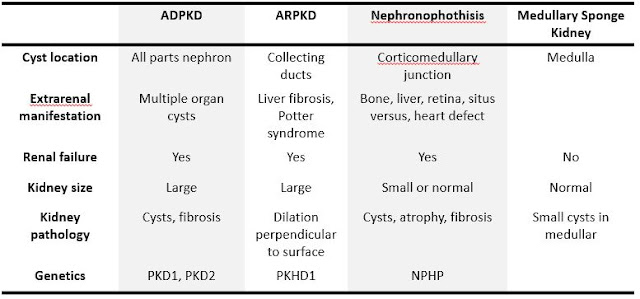Pediatric Wilms tumor
Pediatric Wilms tumor Updated: 03/10/2021 © Jun Wang, MD, PhD General features Most common pediatric renal tumor Majority diagnosed prior to age 6 years Usually sporadic May be associated with WAGR syndrome , Denys-Drash syndrome, Beckwith-Wiedemann syndrome, nephroblastomatosis Metastasis: commonly lymph nodes, lung, liver, etc Most patients survive with current multimodality therapy WAGR syndrome Complex of congenital developmental abnormalities including aniridia, genitourinary malformations, and mental retardation Deletion of the short arm of chromosome 11: WT1 , PAX6 High risk for Wilms tumor Denys-Drash syndrome Triad of congenital nephropathy, Wilms tumor and intersex disorders WT1 mutation Beckwith-Wiedemann syndrome Most common overgrowth syndrome in infancy Triad of congenital exomphalos, macroglossia, and gigantism Mental retardation common Abnormalities 11p15.5 ( WT-2 ) Complex pathogenesis Probably associated with IGF-2 action Wilms tumor: most common
